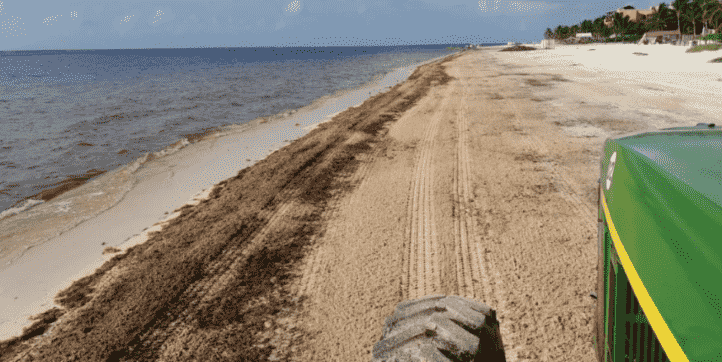How Puerto Morelos Beats the Sargassum Seaweed Invasion
Puerto Morelos has reduced sargassum on its beaches for visitors' enjoyment. The government has taken action by installing anti-sargasso barriers and coordinating efforts with the State and Federal authorities.





